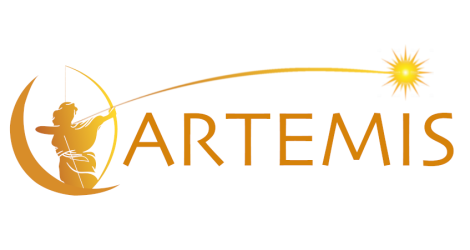Keep Your Blood!
Light Based Spectroscopy
Light is made up of a spectrum or broad range of wavelengths. The human eye perceives different wavelengths as different colors. Different wavelengths or colors can transmit or pass through various substances differently.
Consider the ocean. It appears blue because blue lights transmit through water better than other colors. Colors like red or green can transmit a short distance, but get absorbed much faster than blues. The human body can transmit a whole spectrum of wavelengths. The human eye can’t perceive most of those wavelengths but modern technology can.
The way we can test blood glucose is by shining light (painless–you would feel as much as if a flashlight was shining on you) through your skin. We measure the amount of light going into your skin, and the amount of each wavelength of light that is reflected back. And by those ratios we can determine the quantity of glucose in your blood. The measurement and analysis of wavelengths of a spectrum is called spectroscopy.
Pulse Differential Technology
Several technologies have emerged over the last 30 years that work by spectroscopy. A few have used spectroscopy to measure blood glucose. But none have had the accuracy or precision that Artemis is able to achieve. What sets us apart is Pulse Differential Technology. It is the practice of measuring chemicals in the blood using the highs and lows of the heart’s pulse to determine when a piece of technology is sampling blood as opposed to other bodily substances.

